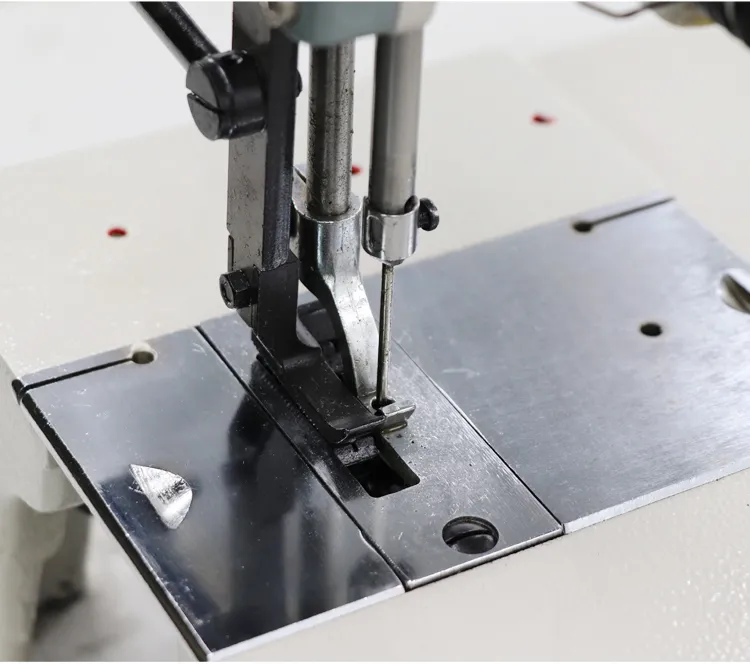Sewing Leather Bags by Machine
Sewing leather bags by machine is a skilled craft that combines artistry with technical precision. As leather has become a popular material for fashion items, understanding the nuances of sewing leather is essential for both amateur and professional bag makers. This article will explore the key steps and considerations involved in sewing leather bags using a sewing machine.
First and foremost, selecting the right type of leather is crucial. Leather comes in various grades and textures, ranging from supple lambskin to sturdy top-grain leather. The choice of leather will impact the bag's final appearance and functionality. For example, a softer leather may be ideal for a stylish handbag, while a tougher material might be better suited for a rugged backpack.
Once the appropriate leather has been chosen, preparing the materials is the next step. This includes cutting the leather to the desired dimensions, as well as preparing any additional components such as linings, pockets, or straps. Using a sharp rotary cutter or a specialized leather knife ensures clean edges, which are vital for a polished finish.
When it comes to sewing leather, using the right sewing machine is paramount. A heavy-duty sewing machine that can handle thick materials is often necessary, as standard machines may struggle with leather’s density. Additionally, a walking foot adapter is recommended, as it helps move multiple layers of leather smoothly through the machine without causing slips or uneven stitching.
sewing leather bags by machine

Before starting to sew, it’s advisable to practice on scrap pieces of leather. This will help the maker understand the machine's settings, including stitch length and tension, which may need adjustments based on the leather thickness. A longer stitch length is generally preferred for leather, as it minimizes the risk of perforation, which can weaken the material.
As you begin sewing, take your time and ensure each seam is straight and secure. Leather does not forgive mistakes easily, and unpicking stitches can create unsightly holes. Therefore, using clips instead of pins is often recommended to hold the leather pieces together, as pins can leave permanent marks.
Finishing touches play an essential role in the overall quality of the leather bag. This can include edge finishing, which helps prevent fraying and adds a professional touch, and adding hardware such as zippers, buckles, or rivets. Finally, conditioning the leather with a specialized treatment can enhance its durability and aesthetic appeal.
In conclusion, sewing leather bags by machine is a rewarding endeavor that requires a blend of creativity and technical skill
. By following the proper steps and using the right tools, anyone can create beautiful leather bags that are both functional and stylish, making it a cherished addition to their crafting repertoire.-
Leather Sewing Machine: The Industrial Standard for Tough MaterialsNewsJul.18,2025
-
Sail Making Machine: Heavy-Duty Stitching for Industrial and Marine NeedsNewsJul.18,2025
-
Sling Sewing Machine: The Backbone of Heavy-Duty FabricationNewsJul.18,2025
-
Leather Sewing Machine: Precision for Heavy-Duty StitchingNewsJul.18,2025
-
Big Bag Sewing Machine: Powering the Future of Bulk PackagingNewsJul.18,2025
-
FIBC Sewing Machine: Essential Equipment for Bulk Bag ProductionNewsJul.18,2025
-
Heavy Duty Leather Sewing Machine: A Must-Have for Professional LeatherworkNewsMay.28,2025





























